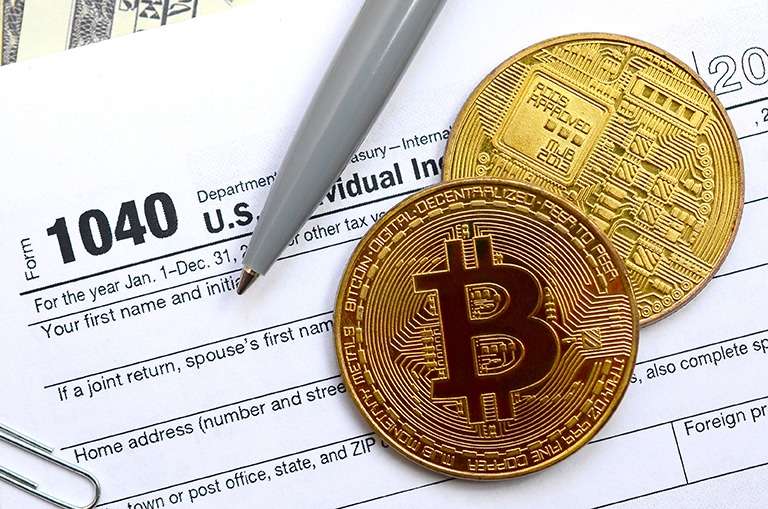While Bitcoin and Ethereum continue to dominate the headlines, there’s a whole new wave of networks poised to shake up the market. Better known as “alt L1s” or “L2 solutions”, these new blockchains are scaling crypto to levels never before possible. We’re talking thousands of transactions per second, near-instant finality, and fees so low they’re almost free. Some work with multiple chains, while others target specific sectors like the creator economy, gaming, or finance. Alt Layers are shaping the next crypto boom by offering these innovations.
Bitcoin and Ethereum: Dominating the Last Crypto Bull Run
The meteoric rise of Bitcoin and Ethereum dominated the last major crypto bull run. In 2017, Bitcoin’s price surged over 1,300%, and Ethereum gained a whopping 9,000%. These astounding profits spurred a speculative frenzy and increased public awareness of cryptocurrencies.
Bitcoin and Ethereum accounted for over 80% of the total crypto market cap during the last Bull Run. Bitcoin was seen as a “store of value” and “digital gold“, while Ethereum enabled a flourishing new market for decentralized apps and tokens.
The Rise of Alt Layers: Solana, Avalanche, and the Next Crypto Boom
While Bitcoin and Ethereum aren’t going away anytime soon, the next crypto Bull Run could see other layer 1 and layer 2 networks take more of the spotlight. Alt Layers are shaping the next crypto boom, with networks like Solana and Avalanche gaining traction as they offer an alternative to Ethereum with lower fees and faster transaction times.
Ethereum is struggling under the weight of its success. With popularity comes scaling issues, and gas fees have skyrocketed. Solana and Avalanche were built to prioritize speed, handling thousands of transactions per second at a fraction of the cost.
Layer 2 Solutions: The Key to Scalability and Decentralized Future
Scaling blockchain networks has always been a challenge. However, Layer 2 solutions are making it easier for decentralized applications and cryptocurrencies to reach a broader audience. These Layer 2 networks sit on top of blockchains like Ethereum. They scale the network by handling transactions off-chain before bundling them together for recording on the main chain. This helps to address the major problems affecting first-generation blockchains, specifically latency, expensive gas costs, and network congestion.
Two scaling solutions are promising: optimistic rollups and ZK-Rollups. Optimistic rollups bundle multiple transactions together and run them off-chain, assuming they are valid. They then post the bundled transactions back to the main Ethereum chain. Fraud-proof mechanisms ensure security by verifying invalid transactions included in an optimistic rollup block. Optimistic rollups can achieve up to 1000-4000 transactions per second.
ZK-rollups use zero-knowledge proofs to validate transactions off-chain before bundling them together and posting them to the Ethereum mainnet. They don’t require fraud-proof methods since the zero-knowledge proofs cryptographically prove the validity of transactions. ZK-rollups can achieve 2000-3000 transactions per second.
Layer 2 solutions have enabled new scalability and performance for Ethereum and other blockchains. They address the trifecta of scalability, security, and decentralization by focusing on scalability without sacrificing safety or decentralization.
Layer 2 networks will likely power the next wave of Dapps, DeFi protocols, and NFT platforms, enabling new mainstream audiences to access future open financial systems.
The potential of layer 2 solutions is only starting to be realized. As blockchain networks continue to scale, Alt Layers shaping the next crypto boom and layer 2 and beyond may shape the future of how we transact and interact in a decentralized world.
The next crypto boom will rely on layer 1s, layer 2s, or something new. While the future remains uncertain, one thing is clear: Alt layers drive the next crypto boom, and crypto is just getting started.
Image Source: Adobe Stock
Disclaimer: This article is provided for informational purposes only. It is not offered or intended to be used as legal, tax, investment, financial, or other advice.












